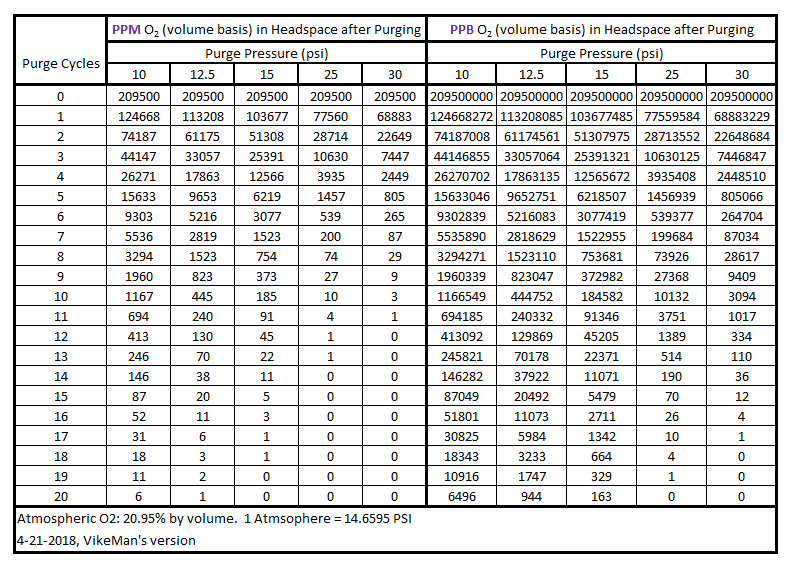The lifetime of the "blanket" is minutes if the cover is taken off of a bucket fermenter. But once you take the cover off, O2 gets into the top of the headspace in less than a second, and the O2 concentration near the top of the fermenter increases rapidly from there, even if very little O2 has made it to the surface of the beer. When you put the lid back on, all of the O2 that entered the headspace is still in the fermenter, and significant amounts will diffuse to the surface of the beer in minutes. The O2 at the surface of the beer will start diffusing into the beer, and if you don't have ongoing yeast activity to consume the O2 by bio-chemical means, it will start to oxidize beer components.
The oxidation is slow compared to the interdiffusion of O2 and CO2, but as the oxidation occurs, the concentration of free O2 in the beer drops, allowing more O2 to diffuse into the beer from the headspace.
If there was no oxidation or O2 consumption going on, then eventually the O2 concentration in the beer would reach equilibrium with the O2 partial pressure in the headspace. But if there is oxidation or consumption then the O2 concentration in the beer doesn't reach equilibrium with the O2 in the headspace, and eventually essentially all of the O2 in the headspace will end up in the beer.
Brew on






























![Craft A Brew - Safale S-04 Dry Yeast - Fermentis - English Ale Dry Yeast - For English and American Ales and Hard Apple Ciders - Ingredients for Home Brewing - Beer Making Supplies - [1 Pack]](https://m.media-amazon.com/images/I/417FujUfrWL._SL500_.jpg)






























